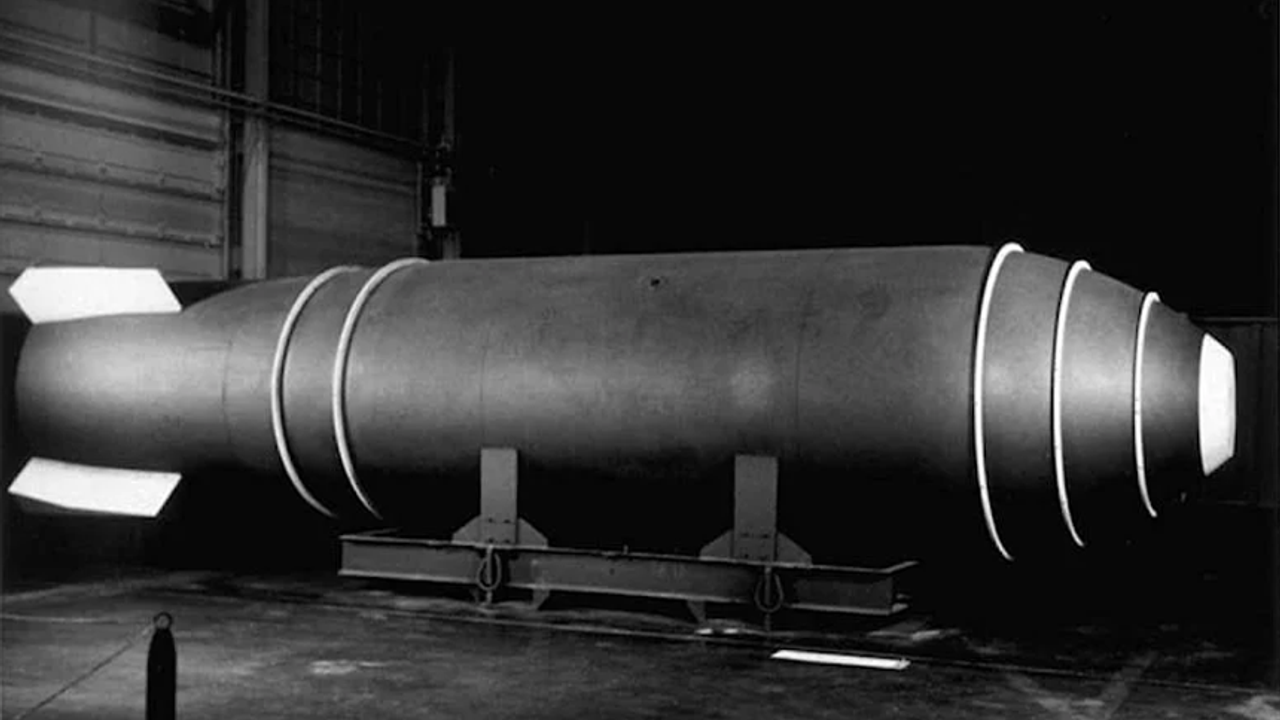The US nuclear bomb that fell off the coast of Georgia in 1958 has not been found for 65 years.
During the height of the Cold War, two Air Force planes collided over Georgia, one of them carrying a Mark 15 thermonuclear bomb. The plane managed to land after dropping the bomb over Tybee Island during the crash, but the bomb disappeared.
The bomb, which has not been found despite years of research, continues to be a mystery discussed in the US. The occasional increase in radioactivity levels in the region has long caused concern in the US administration.
The US Navy has repeatedly searched the seabed with divers to find the bomb, which is estimated to be buried meters under the ocean, but no trace of the bomb has been found so far.
'TOO RISKY TO RECOVER'
Many experts say it would be safer to leave the bomb buried under the sand. According to a 2001 report, efforts to find the bomb could cost up to 5 million dollars and may not yield any results. There is also concern about the risk of an explosion as a result of efforts to recover the bomb.
Stephen Schwartz, author of "The Cost and Consequences of U.S. Nuclear Weapons since 1940," said the missing bomb is an indication of how the Cold War exposed the world to great dangers. When the United States and the Soviet Union were on the brink of nuclear war, it was common for fighter jets to practice with nuclear bombs, but there were also accidents in which nuclear weapons were lost.
In the 1958 accident, Howard Richardson, the pilot who dropped the bomb from the plane, reported that there was no explosion. Richardson also said he regretted dropping the bomb overboard.
Although the US military announced that there was no risk of explosion because the bomb did not contain a plutonium capsule, different information carries concerns about the missing nuclear bomb to this day.
The missing US nuclear bomb... Despite efforts, it cannot be found!
The nuclear bomb that fell into the sea after two fighter jets collided during the height of the Cold War in the US has been a mystery that has caused concern in the country for 65 years.
Trending news

Snoop Dogg to carry the Olympic torch

Lily James Expresses Admiration for Hailey Bieber’s Rhode Skincare Line

Taylor Tomlinson Will Explore Her Faith and Sexuality on Tour!

'Alien mummy' in Peru raises eyebrows

Scandal in the heart of Europe: Child abuse in a church!

Kamala Harris’ Running Mate: Here’s Who Could Be Her VP After Biden Drops Out And Endorses Her







